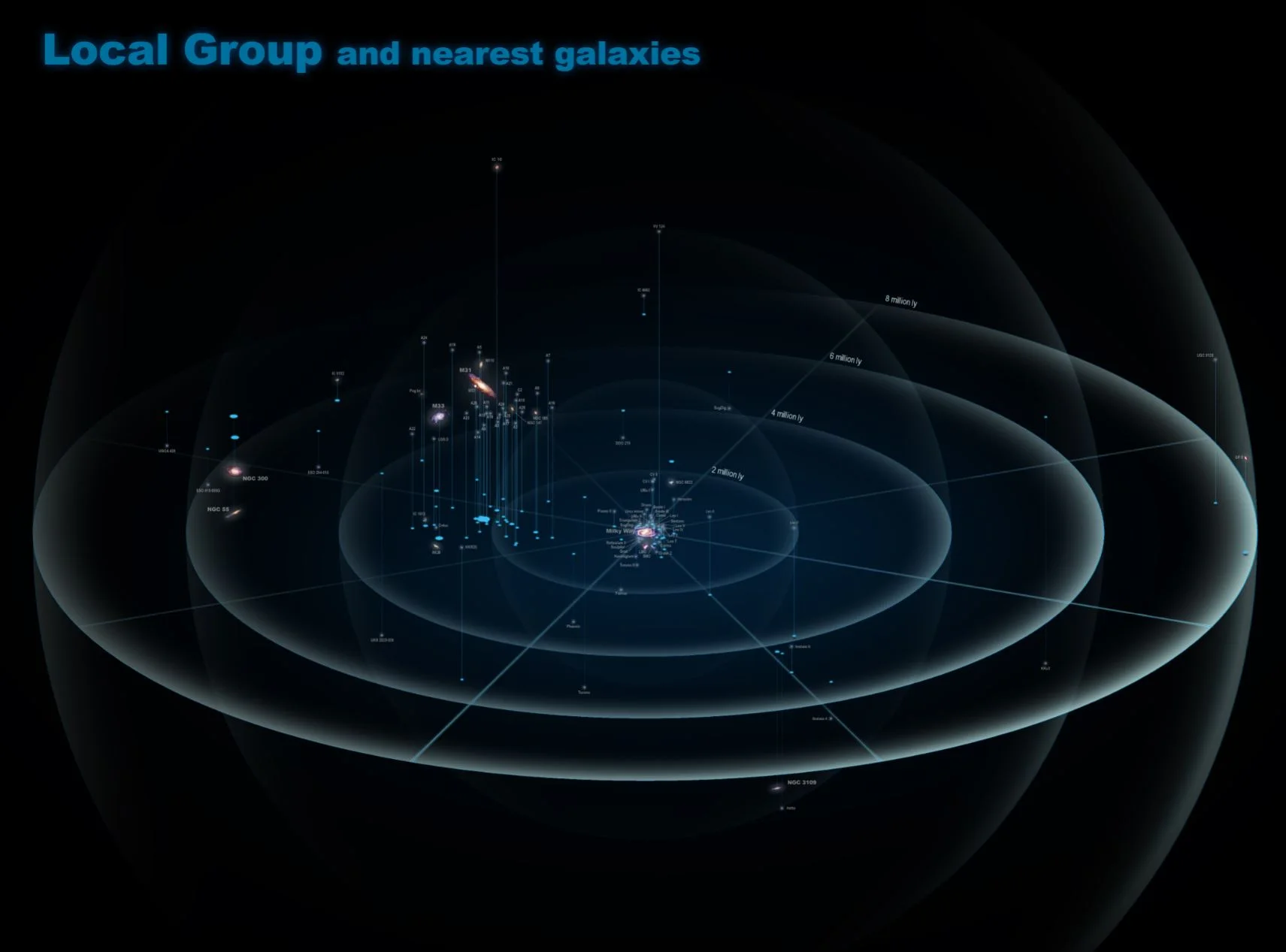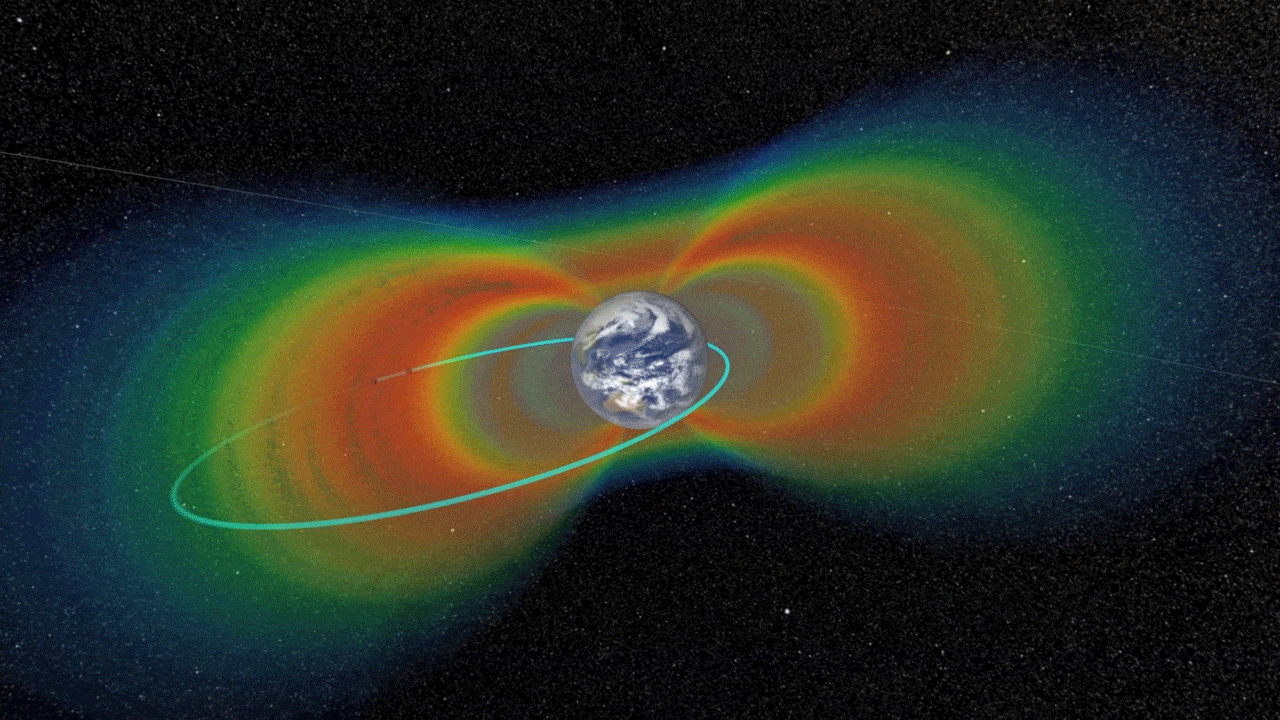NASA’s InSight lander has finally placed its heat probe on the surface of Mars. The Heat Flow and Physical Properties Package (HP3) was deployed on February 12th, about one meter away from SEIS, the landers seismometer. Soon it’ll start hammering its way into the Martian soil.
Giving keener “electric eyesight” to autonomous vehicles
NASA's Record-Setting Opportunity Rover Mission on Mars Comes to End
Thanks to Gaia, We Now Know Exactly When We’ll be Colliding with Andromeda
Astronomers have known for some time that the Milky Way and the Andromeda galaxies will collide on some future date. The best guess for that rendezvous has been about 3.75 billion years from now. But now a new study based on Data Release 2 from the ESA’s Gaia mission is bringing some clarity to this future collision.
We’ve discovered the world’s largest drum – and it’s in space
Universities in the US have long wrangled over who owns the world’s largest drum. Unsubstantiated claims to the title have included the “Purdue Big Bass Drum” and “Big Bertha”, which interestingly was named after the German World War I cannon and ended up becoming radioactive during the Manhattan Project
NASA’s Van Allen Probes Begin Final Phase of Exploration in Earth's Radiation Belts
Two tough, resilient, NASA spacecraft have been orbiting Earth for the past six and a half years, flying repeatedly through a hazardous zone of charged particles around our planet called the Van Allen radiation belts. The twin Van Allen Probes, launched in August 2012, have confirmed scientific theories and revealed new structures and processes at work in these dynamic regions. Now, they're starting a new and final phase in their exploration.
Here’s a Clever idea. Build Moon Bases in Craters and then Fill them in with Lunar Regolith
In the coming decades, multiple space agencies are planning to send astronauts to the lunar surface. More than that, between the European Space Agency (ESA), the China National Space Administration (CNSA) and Roscomos, there are multiple plans to construct permanent outposts on the Moon. Perhaps the best-known of these is the ESA’s plan to build an International Lunar Village,
Why the US has higher drug prices than other countries
Spending on pharmaceuticals is on the rise worldwide. And it well should be. Today, we are able to cure some diseases like hepatitis C that were virtual death sentences just a few years ago. This progress required significant investments by governments and private companies alike. Unquestionably, the world is better off for it.
Did we evolve to pick our phones over our partners?
How much is a robot life worth?
How your genes could affect the quality of your marriage
NASA Finds Possible Second Impact Crater Under Greenland Ice
A pill for loneliness? If only it were that simple
Does cannabis cure cancer? We asked an expert
For thousands of years people have used cannabis for recreational, ritualistic and medicinal purposes. In the modern era, the latter property excites a lot of people, and there is no shortage of wild claims about the supposed medical benefits of the plant. Of all the claims, perhaps the most bold is the assertion that cannabis can cure cancer.
Our artificial cornea breakthrough could lead to self-assembling organs
A Star’s Outburst is Releasing Organic Molecules Trapped in the ice Around it
According to widely-accepted theories, the Solar System formed roughly 4.6 billion years ago from a massive cloud of dust and gas (aka. Nebular Theory). This process began when the nebula experienced a gravitational collapse in the center that became our Sun. The remaining dust and gas formed a protoplanetary disk that (over time) accreted to form the planets.
Beer before wine and you’ll feel fine? No you won’t says new study
Skipping breakfast may help you lose weight - what hunter gatherers can teach us
Breakfast, we are told, is the most important meal of the day. Over the last 50 years, we have been bombarded with messages extolling the health benefits of processed cereals and porridge oats. We are told breakfast helps us reduce weight by speeding up our metabolism – this helps us avoid hunger pangs and overeating later in the day.
How Big Would a Generation Ship Need to be to Keep a Crew of 500 Alive for the Journey to Another Star?
There’s no two-ways about it, the Universe is an extremely big place! And thanks to the limitations placed upon us by Special Relativity, traveling to even the closest star systems could take millennia. As we addressed in a previous article, the estimated travel time to the nearest star system (Alpha Centauri) could take anywhere from 19,000 to 81,000 years using conventional methods.
Why the Future of Solar Power Is from Space
Over seven decades ago in 1941, Isaac Asimov wrote a short story, “Reason” (PDF), in which energy captured from the sun was transmitted via microwave beams to nearby planets from a space station. Flash forward to today, scientists are looking to make that very science fiction dream a reality for Earth.














